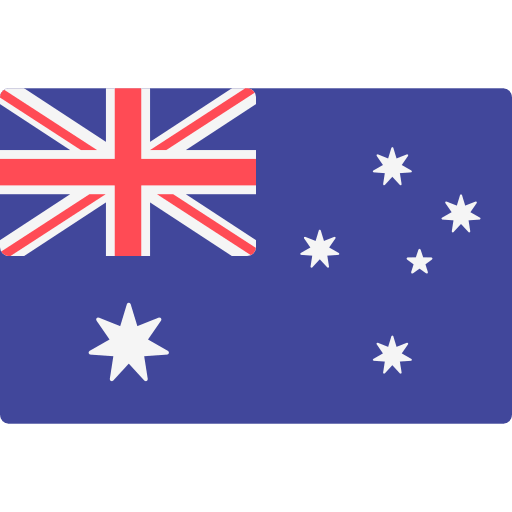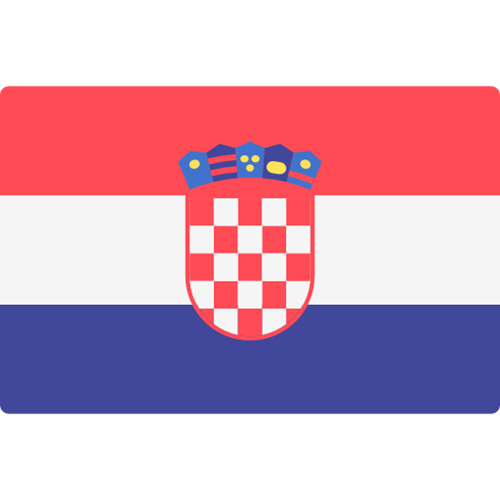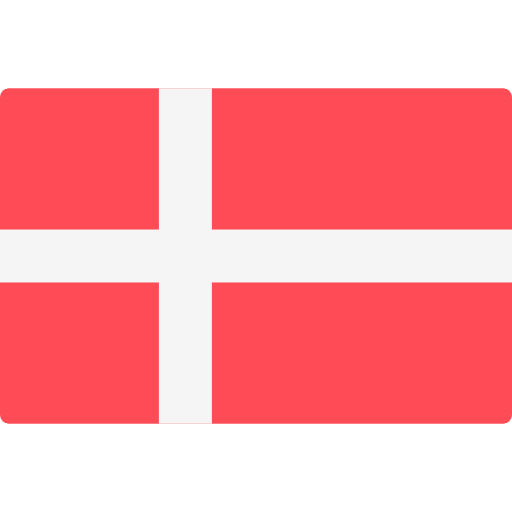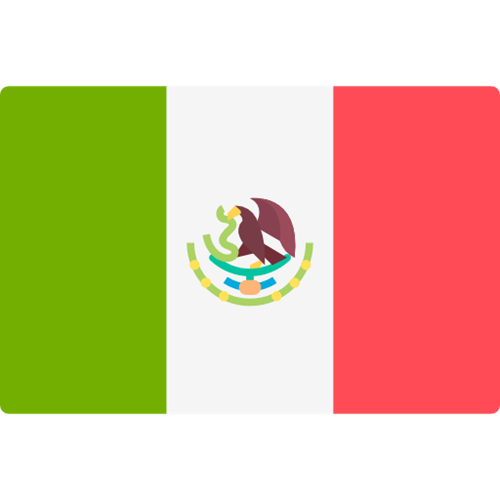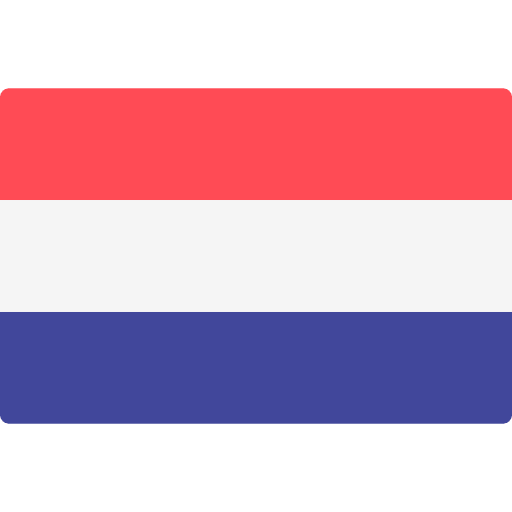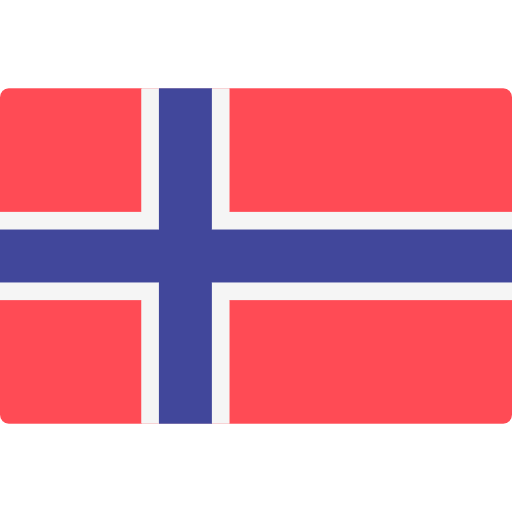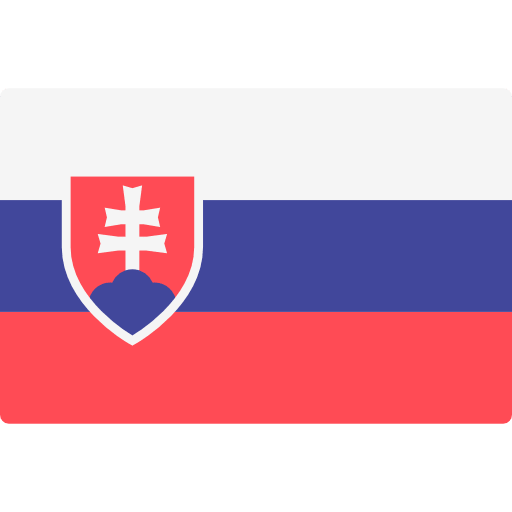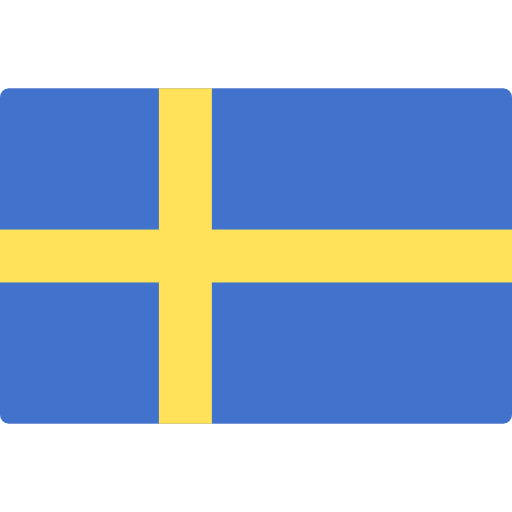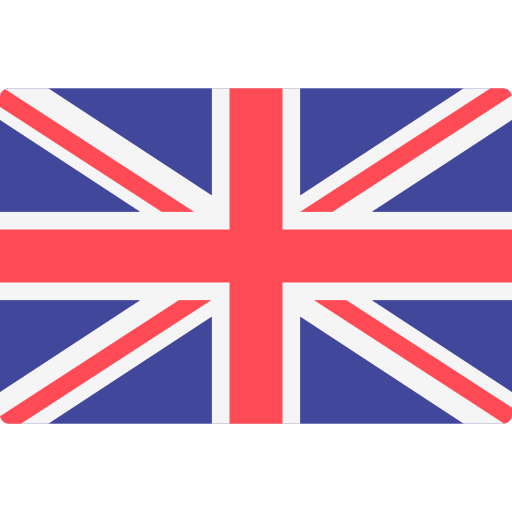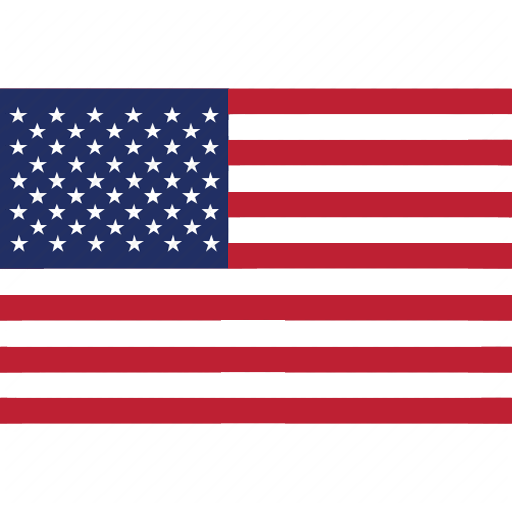Understanding the Proposed EU Toy Safety Regulation and EN 71 Updates
Assembling safety and quality in all toys and hardgoods
First published::
May 2025
Ensuring toy safety is a key priority for manufacturers and regulators, especially as industry standards evolve. The proposed EU Toy Safety Regulation, which aims to replace the current Toy Safety Directive 2009/48/EC, introduces significant changes that will reshape compliance requirements. These updates include revisions to the EN 71 series, the key safety standard for toys in the EU.
This article outlines the major proposed changes to EN 71 under the new EU Toy Safety Regulation.
Disclaimer: The contents of this article may be subject to change throughout the legislative process, and the final version of the EU Toy Safety Regulation may differ from the details provided here.
Overview of the Proposed Toy Safety Regulation
The proposed EU Toy Safety Regulation strengthens the legal framework for toy safety by addressing emerging risks, incorporating new scientific research, and improving enforcement. The regulation will align safety requirements with technological advancements and evolving consumer expectations, ensuring better protection for children.
Manufacturers must proactively adjust to these regulatory changes to maintain compliance and consumer trust. For more insights, read our article, A Quick Overview of the Proposed EU Toy Safety Regulation.
Detailed Breakdown of the Proposed Changes in EN 71
The updates to the EN 71 series under the proposed EU Toy Safety Regulation include essential modifications that manufacturers should understand and implement.
- EN 71-1: Mechanical and Physical Properties
- Expanded Materials and Soaking Tests: The proposed revised standard aims to harmonise material testing with international safety benchmarks, particularly for toys likely to come in prolonged contact with saliva or sweat.
- New Clauses for Food Imitation Toys: Considering the choking and ingestion risks, imitation food items are proposed to be mandatory to undergo specific safety tests tailored to their intended handling by children. These tests address toy components resembling edible products, which may mislead young children.
- Toy to Bear a Child: the clause has been entirely reorganised to make it clearer and updated to the reality of the market; additional stability tests have been added to ensure the security of the product.
- EN 71-2: Flammability
- Clarifications on Flammable Liquids: Proposed updates to the definition and limits of highly flammable and flammable liquids focus on chemical playsets. They ensure safer chemical formulations and better consumer education on restricted substances.
- New Testing for Disguise Costumes: Risk assessment protocols for costumes and head-worn toys to prevent hazards such as strangulation, tearing, and snagging.
- EN 71-3/A2: Migration of Certain Elements
- Categorisation of Slime: Reflecting the growing popularity of slime, the amendment leverages standards like TS 17973, creating two categories (CAT I and CAT II) for assessing chemical migration, ensuring all ingredients meet stringent safety levels.
- Conformity of Chromates (CrIII and CrVI): Proposal to introduce total chromium measurement as a method for determining compliance in chromium content. This update significantly reduces ambiguity surrounding CrIII and CrVI differentiation, aligning safety evaluations with evolving technology.
- EN 71-4: Chemistry Sets
- Revised Test Methods for Container Closures: Improved testing methodologies for container closures ensure chemicals used in toys (e.g., chemistry kits) remain safely enclosed during transport, storage, and use by children.
- Revised Test Methods for Container Closures: Improved testing methodologies for container closures ensure chemicals used in toys (e.g., chemistry kits) remain safely enclosed during transport, storage, and use by children.
- EN 71-5: Chemical Toys (Slime Kits etc.)
- Detailed rules are proposed to govern the chemical composition, labelling, and usage instructions of slime kits, reflecting growing concerns about handling and ingestion risks. Regulations support consumer awareness and standardised safety across all marketed products.
- Detailed rules are proposed to govern the chemical composition, labelling, and usage instructions of slime kits, reflecting growing concerns about handling and ingestion risks. Regulations support consumer awareness and standardised safety across all marketed products.
- EN 71-7: Finger Paints
- New Requirements for Preservatives: New rules are proposed introduce controls over booster substances, including preservatives.
- New Requirements for Preservatives: New rules are proposed introduce controls over booster substances, including preservatives.
- EN 71-8: Activity Toys
- Inclusion of Inflatable Toys: Inflatable toys are proposed to be added to the standard's scope. Tests will cover risks specific to punctures, structural failures, and air leakage, addressing hazards for children during active play.
- Inclusion of Inflatable Toys: Inflatable toys are proposed to be added to the standard's scope. Tests will cover risks specific to punctures, structural failures, and air leakage, addressing hazards for children during active play.
- EN 71-13/A2: Olfactory Board Games and Gustative or Cosmetic Games
- New Requirements for Closing Systems: Closing systems for toy recipients are proposed to meet accessibility safety thresholds, preventing children from accessing restricted contents unintentionally. This ensures safe accessibility for toy components, particularly in games involving olfactory, gustative, or cosmetic elements.
- New Requirements for Closing Systems: Closing systems for toy recipients are proposed to meet accessibility safety thresholds, preventing children from accessing restricted contents unintentionally. This ensures safe accessibility for toy components, particularly in games involving olfactory, gustative, or cosmetic elements.
- EN 71-14: Trampolines for Domestic Use
- Revisions on Marking and Warning Labels: New provisions are proposed to focus on falling and crushing hazards, requiring enhanced warnings, proper product marking, and updated instructions for safe use.
- Revisions on Marking and Warning Labels: New provisions are proposed to focus on falling and crushing hazards, requiring enhanced warnings, proper product marking, and updated instructions for safe use.
- New Standards: EN 71-15 to EN 71-19
- Addressing Appendix C of the Toy Safety Directive: These new standards tackle harmful chemicals, including formamide in foam toys, flame retardants (TCEP, TCPP, TDCP) to reduce respiratory or contact exposure risks, iIsothiazolinones (MIT, BIT, CIT) and their potential for skin sensitisation, phenol, and BPA controls aligned with stricter endocrine disruptor evaluation.
- Labelling and Compliance: Toys containing these substances must indicate safety limits clearly, ensuring better consumer protection and regulatory harmonisation across the EU.
Preparing for the Proposed EN 71 Updates
Adapting to these updates requires a strategic approach from manufacturers. Here are some key implications:
- Compliance Challenges: Manufacturers should invest in new testing protocols and may need to overhaul existing product lines to ensure compliance. This could involve significant financial and logistical adjustments.
- Product Development Considerations: Understanding these requirements can lead to innovative product designs that prioritise safety, providing compliant brands with a competitive edge in a crowded marketplace.
- Testing and Certification: Engaging with accredited testing laboratory in the EU (i.e., Notified Body), such as Eurofins, can streamline documentation and certification processes, ensuring timely compliance with regulatory mandates.
How Eurofins Softlines & Hardlines Supports Compliance
Eurofins provides expert support for businesses navigating these regulatory changes, offering:
- Comprehensive Testing Services: We provide thorough testing for compliance with the latest EN 71 updates, ensuring your products meet safety standards while adhering to sustainability practices.
- Expertise in Product Safety Evaluations: Our team of professionals has deep knowledge of EU regulations, enabling us to give tailored guidance to clients navigating the new landscape.
- Support in Sustainable Practices: As sustainability becomes a focal point for consumers, Eurofins assists businesses in implementing practices that are both environmentally friendly and compliant with safety regulations.
Watch the On-demand Webinar for More!
Watch our on-demand webinar, where experts delve into the critical aspects of the proposed Toy Safety Regulation, offering detailed explanations and practical guidance to help you navigate the upcoming changes.
Watch the on-demand webinar now!
Alternatively, discover how Eurofins Toy Testing Services can help!

